Glossary Term
Atmospheric Plasma
Atmospheric Plasma is created by swirling a vortex of compressed air around a high-voltage discharge before being ejected out of the nozzle onto the component being treated. Ideal for the treatment of numerous materials including ceramics, glass, polymers and metals, it is a fantastic way of increasing the adhesives properties of a surface, enabling easier bonding, gluing and painting capability.
Corona Surface Treatment
Corona surface treatment primes materials with a high-frequency discharge, altering the properties of the material to become more receptive to adhesives, inks and coatings. It is used to optimise the adhesive properties of polymer-based materials due to their low surface energy, in contrast to the high surface tensions of coatings, glues and inks.
It breaks oxygen molecules into atomic form, forcing them to combine with molecule ends present in the substrate being treated, changing the characteristics of it’s surface by turning it chemically active. Optimum adhesion is then achieved when the surface energy of the substrate is equal or higher than the surface tension of the liquid being applied to the substrate.
Contact Angle Sessile Drop
The sessile, fixed in place drop is the most common way of measuring contact angle of a liquid on a solid surface. Placing droplets of known liquids onto a surface, we can see whether there is a high contact angle (where the droplet looks like water on a car bonnet) or a low contact angle, where the liquid flows over the surface readily.
The higher the contact angle, the poorer adhesion you expect. The lower the contact angle, the better adhesion you expect. This is generally considered the most accurate and repeatable way of measuring surface energy properties.
Multiple liquids can be used which gives a breakdown of the material for more information, see Polar and Dispersive Energy.
Optical Tensiometer, Goniometer and Contact Angle Meter
Measuring contact angles requires a system with a stage, polarised light source and camera capable of measuring and analysing a droplet shape. These systems are commonly referred to as contact angle meters but can be called goniometers and optical tensiometers among other names.
Contact angle can also be measured using a force tensiometer, which accurately measures the forces involved when placing a probe into a liquid and slowly pulling the probe away.
Vacuum Plasma
This process uses a vacuum chamber to form plasma using ionised gas. It is typically performed to activate, clean or etch a surface using argon or oxygen plasma. Vacuum Plasma is a highly effective way of removing contaminants and organic impurities from the surface of a component or product.
Wettability and Wetting
Wettability is the effectiveness of a liquid to be able to flow over a solid surface. Good wetting allows a liquid to flow into cracks and crevices of a material, whereas non-wetting materials will repel liquids.
For adhesion, we want to see good wetting so we have an intimate and strong bond between solid and liquid. A non wetting material might have good real world characteristics, such as polished and waxed cars, but are bad for adhesion.
Dispersive and Polar Surface Energy
The total surface energy of a material is the combined value of the dispersive and polar surface energy.
High total surface energy can give good wetting, but if the polar component is low, it may give poor adhesion. Polar is generally considered the key component for adhesion and is the main part of surface energy which is changed when a material is treated using plasma or corona treatment.
Breaking down the total surface energy into polar and dispersive can only be accurately done using contact angle. Test inks measure the total only.
Dyne Test Inks
Test inks come in different levels, which are run across a material to see whether the effect is the ink staying as a line and not breaking up, which is considered a pass. Or whether the ink beads up, which is a fail for that number. Using the different values, you determine the surface energy is between two values – it’s higher than the fail, and it is lower than the pass.
Test inks work best when they look across a wide range, for example, determining an accurate surface energy to 1dyne/cm (mN/m) is very difficult for an operator to see and requires accurate application of the ink thickness. Looking at values such as 34dyne and 40dyne would be sensible and show a large difference.
Test inks are much cheaper than contact angle, and much quicker for a pass/ fail, but lack the accuracy. Both techniques have big advantages to each other when used at the right time.
Type A, Type B Test Inks and ISO8296
There are two key test inks, Type A follows the standard set by ISO8296 which is aimed at testing on polyethylene (PE) and contains toxic chemicals – formamide and 2-ethoxyethanol. Type B have been formulated using ethanol and are non toxic, but do not have the same quality standard associated.
Generally, you can use Type A inks on all materials except for plasticised PVC, and Type B can be used on all materials except PP. In reality, when you use the test inks, you are looking for a reaction – beading up or non beading up. If you have the same reaction each time, regardless of the value on the bottle, you can use both types on all materials.
Test Pens and Test Inks
Dyne Test Pens are a product that has test fluid in a felt tip style pen, which is dragged along a material. Pens are quick and easy and have no waste swabs to dispose of, but the main risk is that the nib collects dirt and grease which can ruin the pen for good.
Dyne Test Inks come in bottles and use disposable single use swabs. This method is often considered the smarter option due to the minimised risk of contamination, and the flexibility with the smaller swab for getting into different areas.
Test inks normally come in larger bottles than the pens, but both contain the same liquids and have the same price per ml of liquid.
Flame Treatment
Flame has been used for a number of years, and is especially useful on large areas on inline systems, such as bumper treatment in automotive plants.
Flame can be good as it’s quite forgiving in parameters but does use a wide and high flow rate gas flame which operates at over 1,000C and can be quite costly to run. It can be very useful for cleaning due to the high temperatures, especially on metals.



